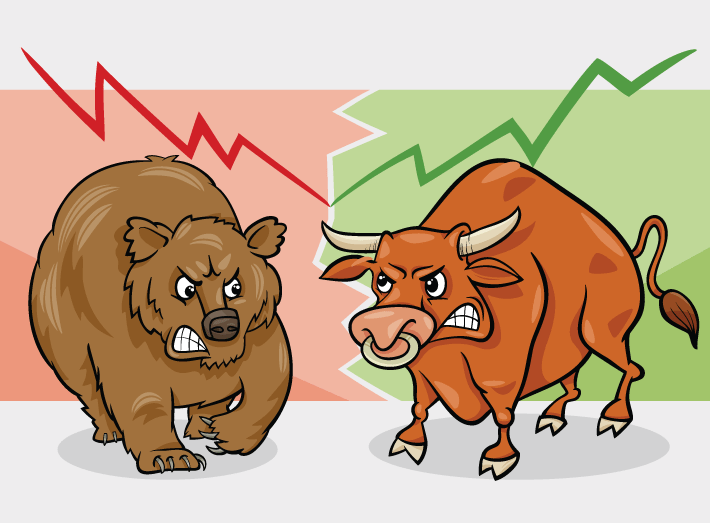I am sure you have heard the term bull and bear market when describing stocks. But did you know that “swans” and “unicorns” also represent financial markets? And they are not the only animals that people use in this way.
The use of animals to describe markets and economic trends has a long history. In fact, a new book suggests that there are at least 130 animals that are fixtures of the financial lexicon.
The book titled “Bear Markets and Beyond” explains that the trend makes perfect sense. Images were one of the first ways humans learned to communicate in writing. Humans used pictures or pictograms way before letters. We also often used images of animals to represent other things, as in Egyptian hieroglyphics. The book’s author, Dhruti Shah, says that her book is not only a whimsical look at how all of these animal analogies originated, but it is a fun way for readers to expand their financial literacy.
“The book is about encouraging financial confidence,” Shah said during a recent interview with the BBC. “It’s about making sure that people don’t feel scared and they can understand all of that language that’s being used around their money. The whole point is to make it is not scary for families to have conversations. So the book works for those who are in the know — they can laugh at the quizzical “sheep” investor — but it also helps those who want to become more in the know.”
Where did these comparisons come from?
So just where did “bulls and bears” come from? And why do we save our money in a “piggy bank?” Shah says, “The bears and the bulls, people think that originated in the 18th century when bears and bulls were pitted against each other in staged fights.” In those battles, the bears struck downward with their paws. The bulls, on the other hand, fought back lunging upwards with their horns trying to gore the bears. Hence the bear represents a down trending market, and the bull, one trending up.
Shah says that the word “piggy bank,” goes back to the year 1450. Before banks, people stashed their cash at home in these earthenware pots called “pyggs.” Over the years, it slurred into “piggy bank,” and the “savings jars” eventually took on the form of a pig.
In the book, you will also find the derivations of personal financial terms like “loan shark,” “rat race,” “dead cat bounce,” “alligator spreads,” and the more recent term: “hamsterkauf.” It’s a German word for “hamster purchase,” and people have used it to describe all that stockpiling of toilet paper and the like that’s been going on since the COVID-19 pandemic.
Other beasts in Shah’s illustrated compendium of the figurative and literal “financial jungle,” include yaks, ants, cows, zebras, chickens, wolves, and narwhals.
